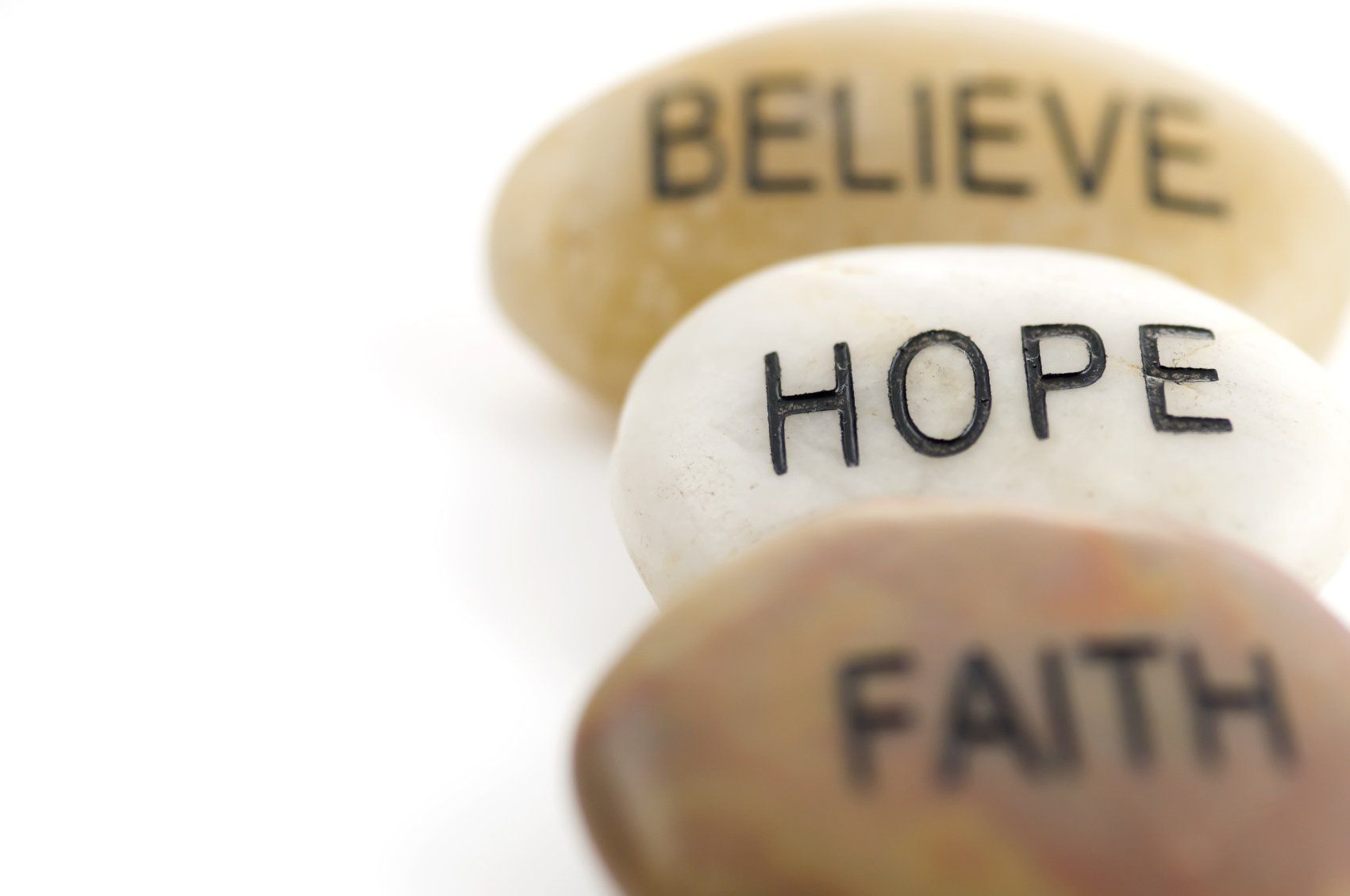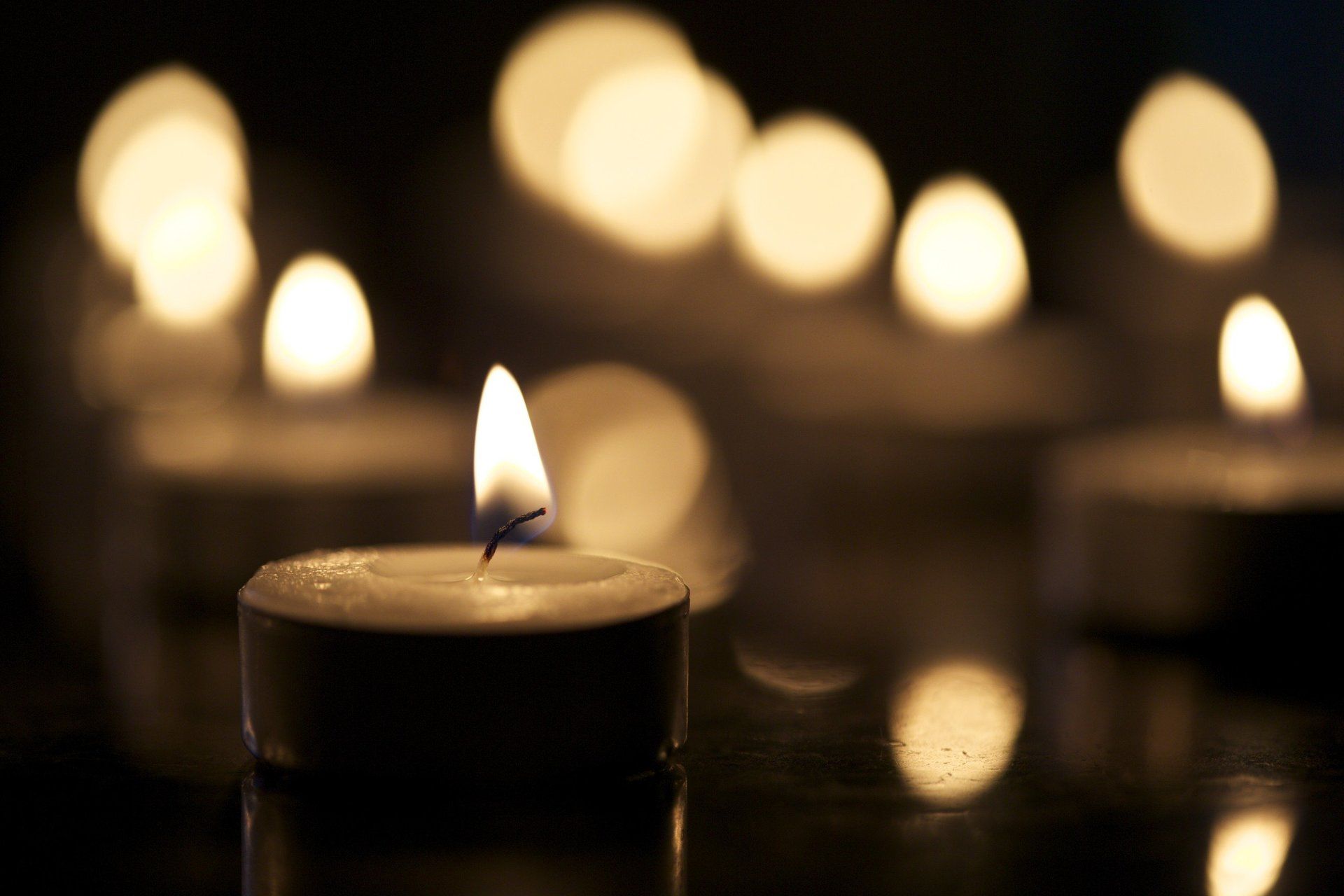What to do with your “inner critic”…
Everyone has an “inner critic.” Writers are no exception. We hear the voice of our English teacher who said, “you can’t write well, I suggest you take up housekeeping.” We hear the voice of our Aunt who said “that’s not a very nice story, why don’t you write a nicer one.” How about the voice that says, “what do I know? what could I ever write that anyone would want to read?”
I attended a writer’s retreat once, over a dozen years ago. It was in a magical place called Ghost Ranch, NM. There were no televisions or radios, just books, pen & paper, and the red hills and scrub brush. At night the stars were so large it looked like you could jump up and snatch them from the sky. When the group of writers met that first morning we each brought something that represented our “inner critic.” Our teacher, Emily Hanlon, instructed us to put that object into the black trash bag until the last day and not think about it, to let out imaginations run free. It was very liberating.
The phenomenon of “inner critic” doesn’t just apply to the writer. Any creative endeavor is often plagued by those thoughts (or voices, if you will) that challenge our ability, the right to take time out to create, and the result of that time spent. Some people let the inner critic stop the process occasionally or all together. Others allow it to challenge them so they try a little harder to create their vision. While some of us ignore it while we’re creating in order to let the muse or imagination be uninhibited.
There’s a bit of creativity in everything we do. Whether it is finding the best way to bake a cake, or solve a problem at work, or sculpt, or paint, or dance or sing, just about anything you undertake to do – the “inner critic” can help or hinder, if we let it. The trick is to control it , not the other way around.
When you think of your inner critic what do you picture in your mind? A monster? A old woman? A stern taskmaster? A lion tamer? A warden? A fairy? A witch? Here’s what Emily shared with some of her students…is this what your inner critic looks like?










